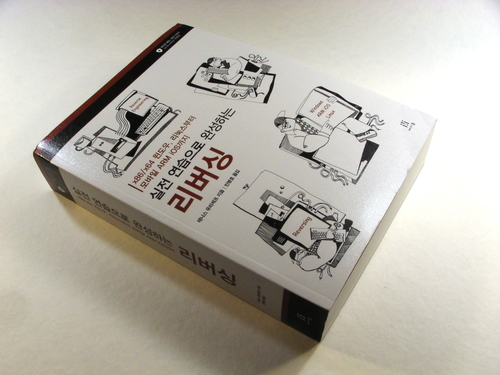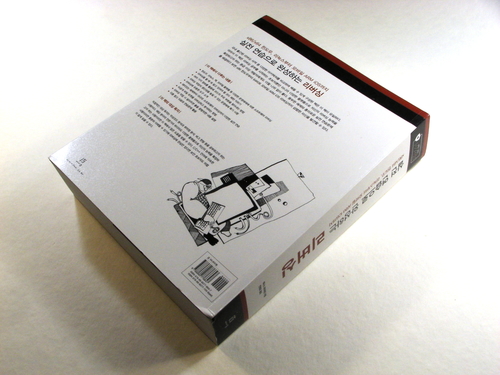Did you ever created a custom form? A place where you couldn't use the Form API of Drupal?
Imagine this form, and you want to create an autocomplete feature on the nickname. The moment you start typing a nickname, a list of usernames get in the textfield.
Step 4: the result
Imagine this form, and you want to create an autocomplete feature on the nickname. The moment you start typing a nickname, a list of usernames get in the textfield.
<form action="/foo"> ... <input type="text" value="Nickname"></input> <input type="submit" value="Submit"></input> </form>
Step 1: adjust the HTML code
- Start from a normal text field
<input id="txt-existing-bidder" type="text"></input>
- Add attributes to normal text field
<input id="txt-nickname" type="text" class="form-text form-autocomplete text" autocomplete="OFF"></input>
- Add a hidden value to capture the autocomplete values. Put this field immediately after the textfield
<input class="autocomplete" type="hidden" id="txt-nickname-autocomplete" value="/##path_to_autocomplete##"/autocomplete" disabled="disabled" />
Step 2: adjust the Javascript code
- You need the following JS files to have a fully working version:
drupal_add_js("misc/autocomplete.js"); drupal_add_js("misc/ahah.js");
- If the HTML (see above) is added by AJAX, Drupal's autocomplete will
not discover the autocomplete fields. Therefore, execute following code
after loading the AJAX call
Drupal.attachBehaviors($("##CONTEXT##"));
##CONTEXT##: reference to a div which hold the input
Step 3: create a autocomplete PHP function which returns a JSON object
/** * Searches all auction users and returns a JSON object of all users * @param $search the value to be searched * @return JSON object with all users */ function autocomplete_users($search = '') { // TODO: implement search function here // DEBUG $users['admin {uid:1}'] = 'admin'; $users['jochen {uid:2}'] = 'jochen'; return drupal_json($users); }


